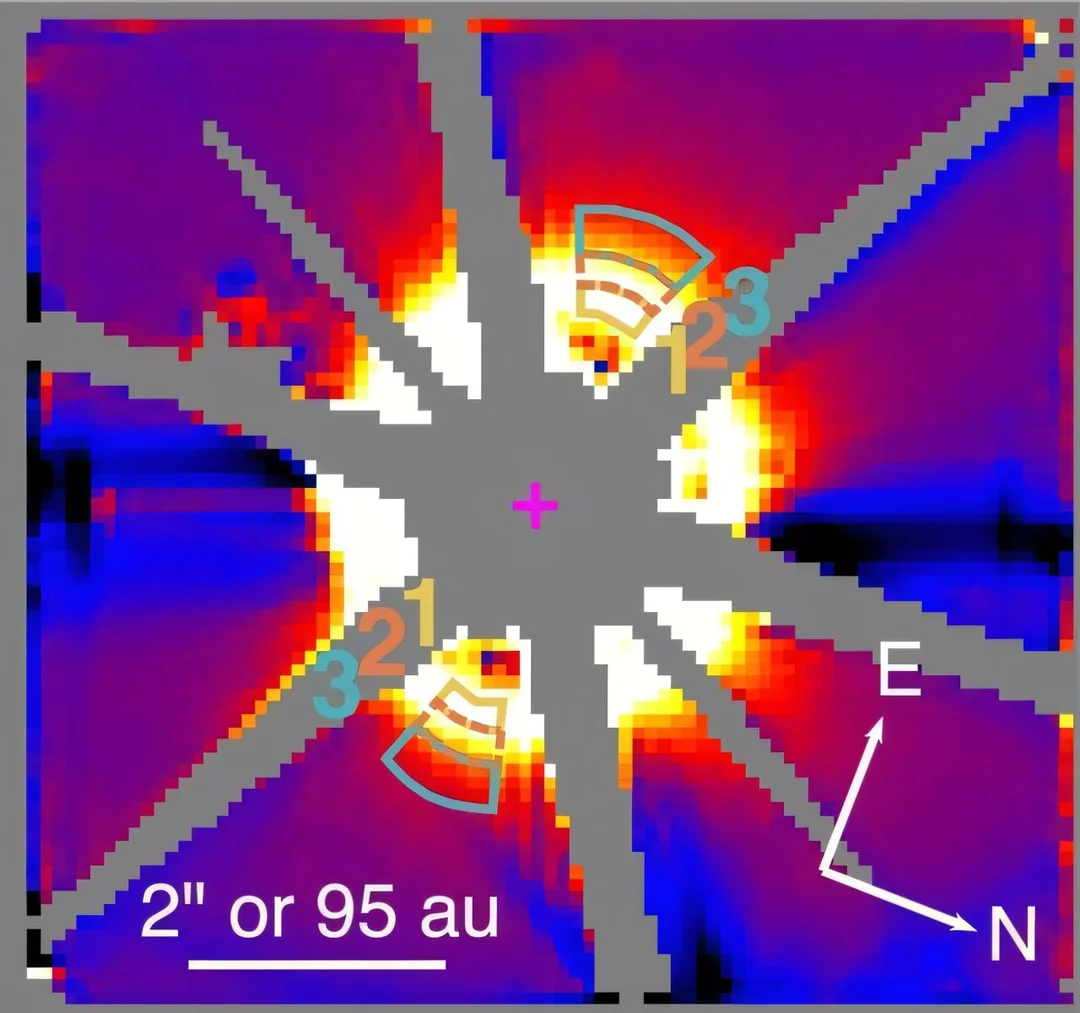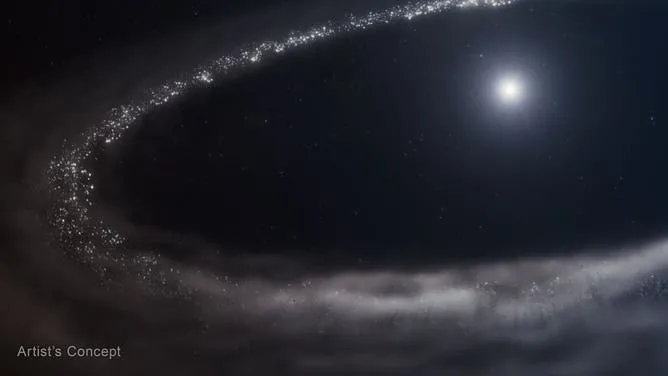
James Webb Telescope Uncovers ‘Dirty Snowballs’ of Frozen Water Around Distant Star, Hinting at Planet Formation Potential
The James Webb Space Telescope (JWST) has once again pushed the boundaries of our understanding of the universe, this time by confirming the presence of crystalline water ice around a star system remarkably similar to our own in its early stages. This groundbreaking discovery, likened to finding 'dirty snowballs' floating in space, not only validates long-held theories but also opens exciting possibilities for understanding how planets form and how water, a crucial ingredient for life, is distributed throughout the cosmos.
Located approximately 155 light-years away, the star, known as HD 181327, is much younger than our Sun, at only 23 million years old. It's surrounded by a debris disk, much like our solar system's Kuiper Belt, where scientists have detected the presence of water ice. This detection wasn't just any ice; it was crystalline water ice, similar to what's found in Saturn's rings and the Kuiper Belt, according to Chen Xie, a lead author on the research from Johns Hopkins University.

The implications of this discovery are significant. Finding water ice in such a system suggests that icy materials, like comets and planetesimals, could potentially deliver water to developing terrestrial planets. This is a process that scientists believe may have been instrumental in seeding early Earth with the water that sustains life. The data gathered by JWST also indicates that most of the water ice is located in the outer, colder regions of the disk, with less ice found closer to the star due to vaporization from ultraviolet light.
Interestingly, scientists note a strong resemblance between the debris disk around HD 181327 and the early stages of our own solar system's Kuiper Belt. This supports the idea that the processes occurring in this distant system could mirror what happened billions of years ago within our cosmic neighborhood. As Christine Chen, a research scientist at Johns Hopkins University, stated, the system around HD 181327 is “very active,” with frequent collisions creating the fine particles JWST can detect.
Furthermore, the detection of a Fresnel peak in the disk's spectrum points to the presence of large (over 1mm) crystalline ice particles. This finding, coupled with the detection of materials like iron sulfide and olivine (also found in comets and asteroids), paints a richer picture of the composition and dynamics of these extrasolar debris disks.
With the James Webb Space Telescope exceeding expectations, scientists are eager to uncover more about this distant solar system. While planets haven't yet been detected around HD 181327, the presence of water ice raises the possibility of planet formation in the future. Will JWST continue to reveal more secrets about the birthplaces of planets and the distribution of life's building blocks?
What are your thoughts on this discovery? Do you believe this finding increases the likelihood of finding habitable planets in other star systems? Share your opinions in the comments below!